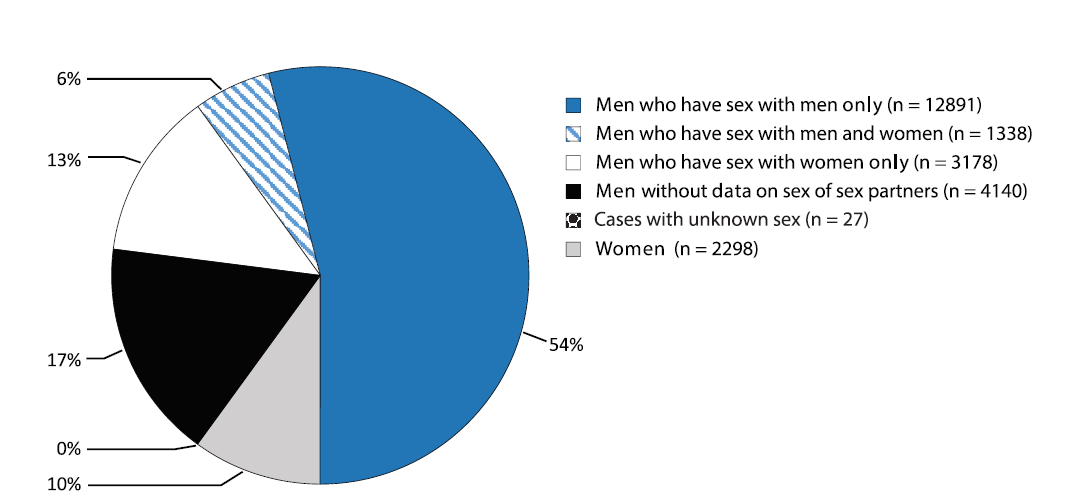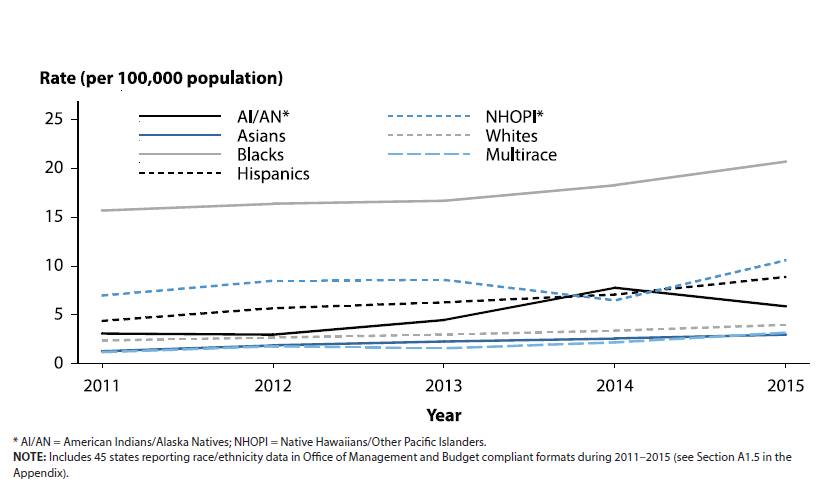Internet use via geosocial-networking applications (apps) or social dating apps is one of the most used venues for sexual partner seeking among men who have sex with men (MSM) [1,2]. Apps like Grindr, Jack’d, Manhunt, Adam4Adam, etc. allow active users to select sexual partners based on his preferred ages, race/ethnicity, gender identity, body type, and sexual practices. This mobile technology facilitates quicker and easier modes for MSM to engage based on attraction and geographic proximity. Although these dating apps are commonplace for MSM engagement, new reports reveal that these apps may play a role in the rise of STD rates in recent years. USA Today published an article discussing how
Syphilis is a sexually transmitted bacterium that can cause severe complications if left untreated. Signs and symptoms associated with Syphilis infection are divided by different stages. In the primary stage, the person will exhibit non-tender chancre sores located at the site of infection for three to six weeks. The secondary stage is accompanied by an onset of symptoms including rash on palms and soles, wart-like lesions at site of infection, and fever. Both signs and symptoms of primary and secondary (P&S) Syphilis are typically mild, or show no symptoms at all. The alarming issue with Syphilis is that members of the Black and MSM community are disproportionately affected by this disease. According to CDC, the majority of Syphilis cases within the US are among gay, bisexual, and other men who have sex with men (MSM). CDC also reports MSM account for 59.6 percent of primary and secondary syphilis within the 2015 year. In relation to race, the P&S syphilis rate among Blacks in 2015 (21.4 cases per 100,000 population) was 5.2 times the rate among whites (4.1 cases per 100,000 population. Considering all race, sex and age categories, black men aged 20-24 and 25-29 accounted for the highest P&S syphilis rates in 2015.

Primary and Secondary Syphilis — Distribution of Cases by Sex and Sexual Behavior, 2015, Photo Credit: CDC website

Primary and Secondary Syphilis — Rates of Reported Cases by Race/Ethnicity, United States, 2011–2015, Photo Credit: CDC website
Public health experts say the influence of geosocial-networking apps on how sexual partners meet affects their approach to tracking and controlling Syphilis transmission. State health departments use the “on-the ground” approach, where health professionals interview the person about any partners who potentially have been exposed following diagnosis. They then track down and notify those partners discreetly in a way to keep the source of information anonymous. This approach encounter significant challenges in the use of geosocial-networking app because many partners engage in high risk, anonymous sex. Depending on the app, many profiles may only identify themselves by first name or handles. They have also found people sometimes delete their profiles before the health department can contact them. Collectively, these issues prevent health professionals from reaching out and allowing the partner to seek medical attention.
Despite these findings, dating app are actively participating in STD awareness and prevention. Several dating apps started adding a sexual health section that includes information on healthy sexual practices. Specifically, Gay dating apps like Grindr and Manhunt partners with LGBTQ organizations and local community centers that offer health resources for active users and the community at large.
What are your thoughts about dating apps contributing to the increasing rates of STD’s like syphilis within the young, black, MSM community? Check out the full article on USA today. For more information on Syphilis, please refer to the CDC website.
References:
- Liau A, Millett G, Marks G. Meta-analytic examination of online sex-seeking and sexual risk behavior among men who have sex with men. Sex Transm Dis 2006 Sep;33(9):576-584. [doi:10.1097/01.olq.0000204710. 35332.c5] [Medline:16540884]
- Benotsch EG, Kalichman S, Cage M. Men who have met sex partners via the Internet: prevalence, predictors, and implications for HIV prevention. Arch Sex Behav 2002 Apr;31(2):177-183. [Medline: 11974643]

